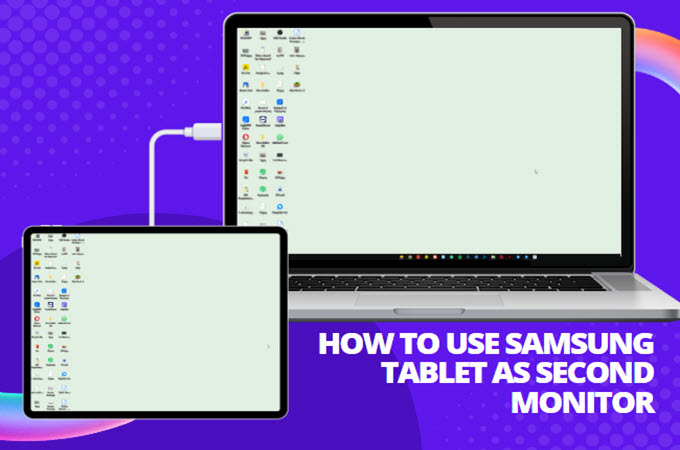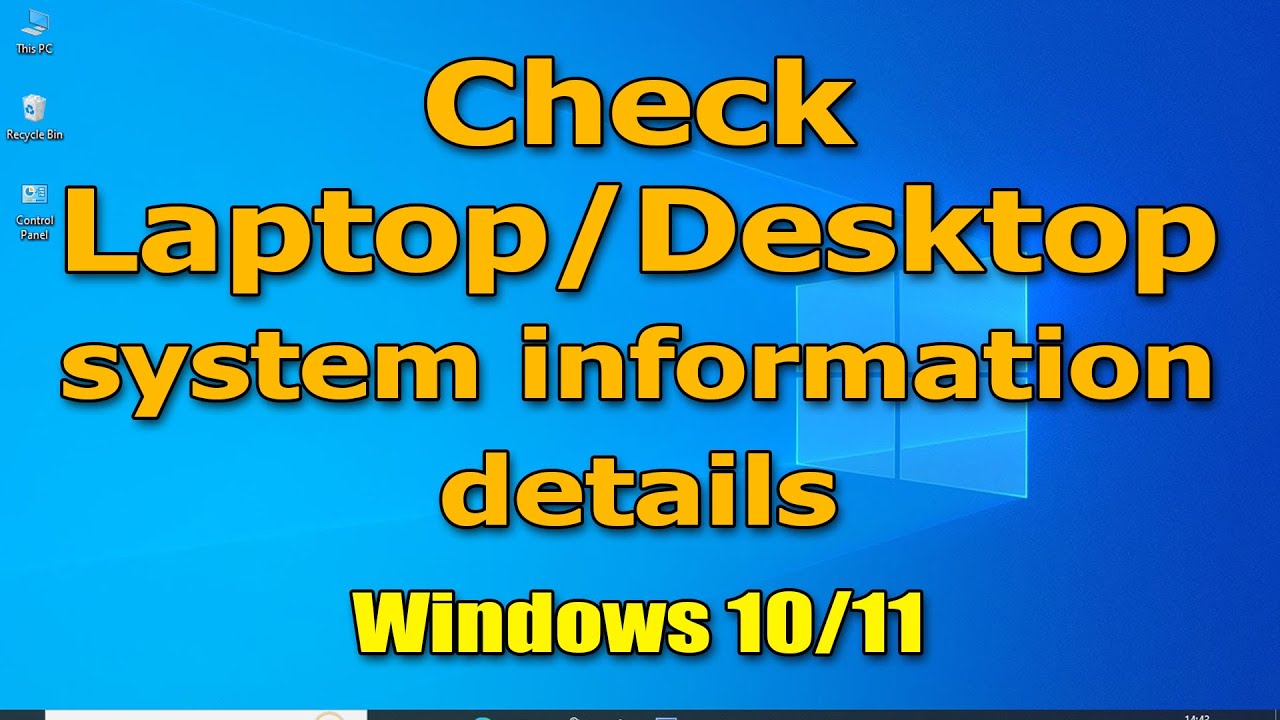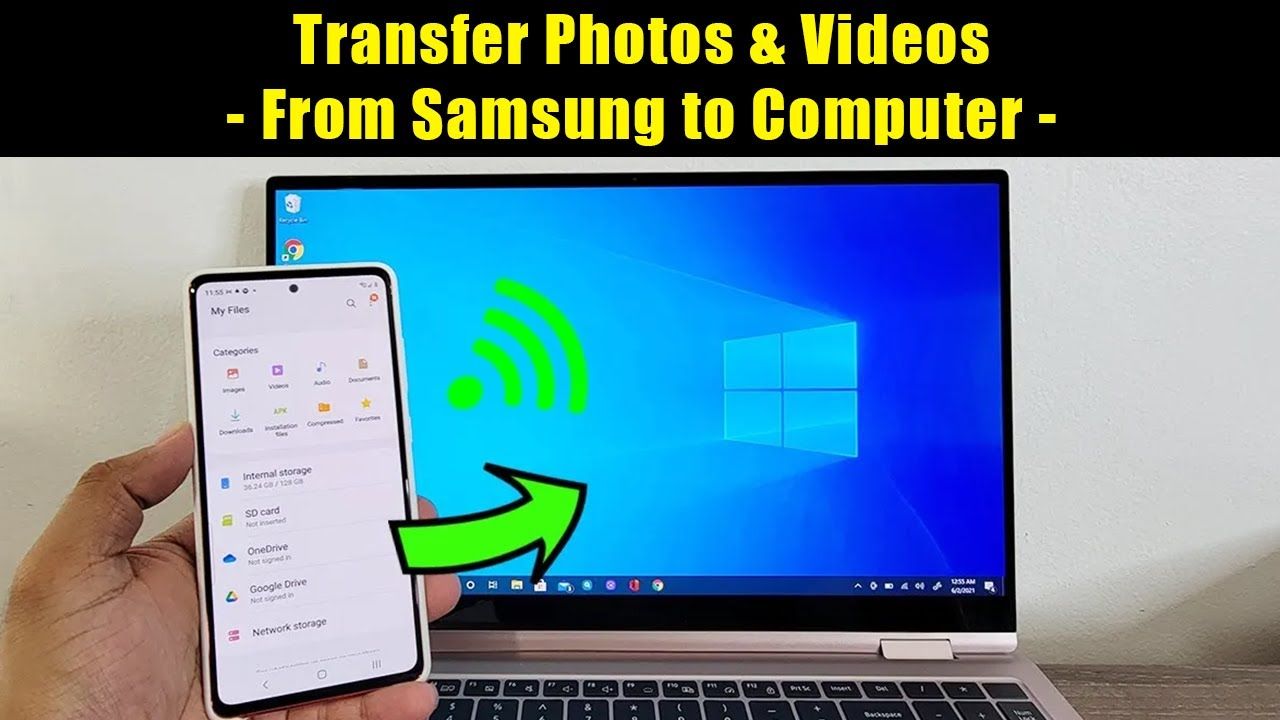Ever wish you had a second screen to spread out your work or keep an eye on multiple things at once? If you own a Samsung tablet, you’re in luck. Many newer Galaxy tablets can double as a portable second monitor for your Windows PC—perfect for boosting productivity on the go or at your desk.
This guide walks you through all the best ways to turn your Samsung tablet into a second screen, whether you’re going wireless with built-in tools or exploring reliable third-party apps.
Why Use a Samsung Tablet as a Second Display?
There are a few big perks to this kind of setup:
- Portability: You get dual-screen productivity, even when you’re away from your usual setup.
- Budget-Friendly: No need to buy another monitor—just repurpose what you already have.
- More Space to Work: Great for writing, editing, designing, or managing multiple windows at once.
- Touch Input: Some methods even support touch, including S Pen functionality.
Before starting, make sure both your tablet and computer are fully updated for the best compatibility.
Method 1: Use Samsung’s Built-in “Second Screen” Feature (Best for Newer Tablets)
If you have a newer Samsung tablet—like the Galaxy Tab S7 or later—Samsung includes a built-in feature called Second Screen that makes this process super simple.
What You’ll Need:
- Tablet: Galaxy Tab S7/S7+/S7 FE, S8/S8+/S8 Ultra, S9 series, or newer
- One UI: Version 3.1 or higher
- PC: Windows 10 (version 2004+) or Windows 11 with Miracast support
- Wi-Fi: Both devices on the same network
On Your Samsung Tablet:
- Swipe down twice from the top to open Quick Settings.
- Tap Second Screen.
- Choose a mode:
- Gaming & Video – smoother motion
- Drawing & Gaming – better touch responsiveness (especially for S Pen)
- The tablet will now wait for a connection.
On Your Windows PC:
- Press Windows key + K to open the Cast menu.
- Select your tablet from the list (look for something like Galaxy Tab S8).
- Accept the connection on your tablet by tapping Start now or Allow.
You’re connected!
To Tweak Your Display Settings:
- Right-click your desktop > Display settings
- Arrange the screen layout by dragging the monitor icons
- Set display mode to Extend or Duplicate
- Adjust resolution or orientation as needed
Troubleshooting Tips:
- Can’t see your tablet? Double-check both devices are on the same Wi-Fi and your PC supports Miracast (use dxdiag to verify).
- Laggy performance? A stable Wi-Fi connection is key—limit background downloads or interference.
Method 2: Use Third-Party Apps (For Older Tablets or Wired Setups)
If your Samsung tablet doesn’t support Second Screen, or if you prefer a wired option, there are some excellent apps you can try.
Option A: Duet Display (Wired & Wireless, Paid)
Duet Display is a polished, cross-platform app that works well with both Windows and macOS.
What You Need:
- Duet app installed on your tablet (from Google Play – it’s a paid app)
- Duet software installed on your PC/Mac (download from duetdisplay.com)
- USB cable (for best performance) or Wi-Fi for wireless mode
How It Works:
- Install and open the app on your tablet and desktop.
- Connect the tablet to your computer via USB or connect over Wi-Fi (same network).
- The screen should automatically extend to the tablet.
- Adjust display settings through your computer as needed.
Pros:
- Very low latency, especially when wired
- Supports touch (and even Apple Pencil or S Pen input)
- Cross-platform (works with both Windows and macOS)
Option B: Spacedesk (Wireless Only, Free)
Spacedesk is a free, simple solution that works great if you’re okay with using Wi-Fi only.
What You Need:
- Spacedesk server on your PC (download from spacedesk.net)
- Spacedesk app on your tablet (from Google Play)
- Same Wi-Fi network for both devices
Setup Steps:
- Launch Spacedesk on your PC and tablet.
- The tablet app should auto-detect your computer.
- Tap your PC’s name and the connection begins.
- Configure display settings in Windows just like a normal second monitor.
Pros:
- Completely free
- Easy to set up
Cons:
- Wi-Fi only, so you may experience more input lag
- Windows only (no macOS support)
Option C: SuperDisplay (Wired or Wireless, Paid After Trial)
SuperDisplay is great for artists or anyone using a stylus. It offers impressive touch and S Pen support.
What You Need:
- SuperDisplay app (free trial on Google Play)
- SuperDisplay driver on your PC (from superdisplay.app)
- USB cable (recommended) or Wi-Fi
Steps:
- Enable USB Debugging on your tablet:
- Go to Settings > About tablet > Software info, tap Build number 7 times to unlock Developer Mode.
- Then, go to Settings > Developer options > Enable USB Debugging
- Connect your tablet via USB or Wi-Fi.
- Open SuperDisplay on both devices.
- Follow prompts to complete the connection and adjust settings.
Pros:
- Smooth performance over USB
- S Pen works well for drawing and note-taking
- One-time purchase after trial
Final Setup Tips
Once your tablet is acting as a second display:
- Rearrange Displays: In Windows display settings, position your screens so mouse movement matches your setup.
- Extend vs Duplicate: Extend gives you more screen space. Duplicate mirrors your primary display.
- Adjust Resolution: Lower the resolution slightly on your tablet if things look too tiny or if Wi-Fi is laggy.
- Keep Your Tablet Plugged In: Using it as a monitor can drain battery fast.
- Use a Stand: A tablet stand or case with a built-in kickstand makes a huge difference in usability.
Wrap-Up
Whether you’re a student, a remote worker, or just someone who enjoys extra screen space, turning your Samsung tablet into a second monitor is surprisingly simple. With a little setup, you can extend your workspace and stay more productive—without spending anything extra on hardware.






